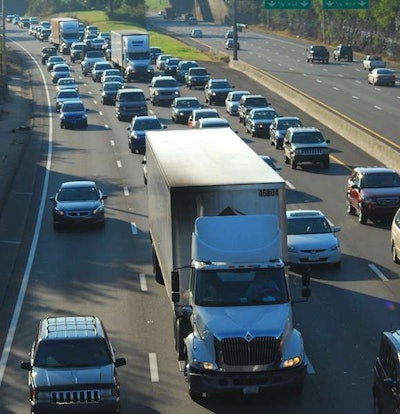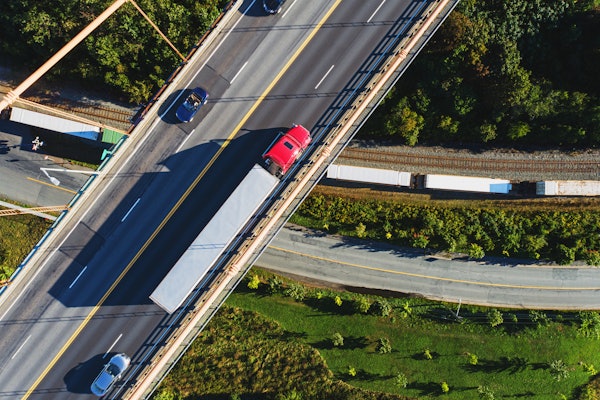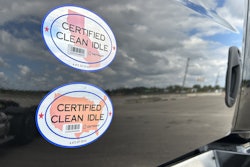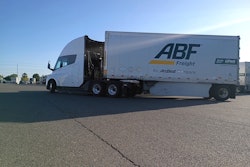
Ribble, at a press conference on Thursday, said increasing the weight limit to 91,000 pounds with six axles would increase the industry’s productivity by increasing capacity. It would also reduce congestion and boost safety, he said.
“Having the sixth axle is critical to weight displacement and braking power,” Ribble said. “The interstates are the safest and most efficient places for trucks to move.”
He added that, according to the U.S. Department of Transportation’s recent Truck Size and Weight Study, a 91,000-pound configuration would be suitable for the current Interstate system, resulting in no additional rehabilitation costs for the roads or bridges.
John Runyan, executive director of the Coalition for Transportation Productivity, said most states already allow trucks that weigh more than 80,000 pounds to travel on state and county roads.
“It’s also important to recognize that more than 90 percent of states allow trucks which are heavier than the federal weight limit to travel on state roads, often on just five axles,” Runyan said. “The Safe Trucking Act gives these states a critical opportunity to promote the use of safer, six-axle vehicles while transitioning heavier traffic to more capable Interstate highways for at least a portion of their route. Paired with the U.S. DOT’s ability to require even more safety technology, the Safe Trucking Act is an opportunity for our nation to create a world-class standard vehicle for the movement of heavy goods.”
The American Trucking Associations generally supports increasing size and weight limits, while the Owner-Operator Independent Drivers Association generally does not.
Ribble said that by 2025, tonnage moved by trucks is expected to increase by 25 percent, and the bill would help reduce the number of trucks on the road as the amount of freight being moved increases, he said.
James Sembrot, senior director of transportation for Anheuser-Busch InBev, said the trucks they load leave the facilities only half full because they meet the 80,000-pound weight limit well before they fill the trailers.
“By allowing us to increase the weight and by adding the sixth axle, Anheuser Busch would reduce its number of loads by 14 percent,” Sembrot said. “This would take 100,000 trucks off the highways over the course of a year. Removing trucks also helps us reach our goal of lowering greenhouse gas emissions by 15 percent in 2017.”
Ribble said the act will be introduced in the House as an amendment to a proposed highway bill in an effort to keep the base bill clean. He said he’s had conversations with Rep. Bill Shuster (R-Pa.), the chairman of the Transportation and Infrastructure Committee, and feels Shuster won’t oppose the legislation.
“The Chairman has always wanted broad, bipartisan support, and he’d rather keep the base bill clean and let the members of the committee decide,” Ribble said.
The cost to retrofit a traditional trailer to add an extra axle would be approximately $7,400 for each trailer, according to Sembrot, who said he’s looking into it for Anheuser Busch’s trailers.
Runyan said many shippers he spoke with said the change to add another axle to the trailer would likely come when they turn over their equipment.
“This will be a gradual change that takes some time,” he said.














